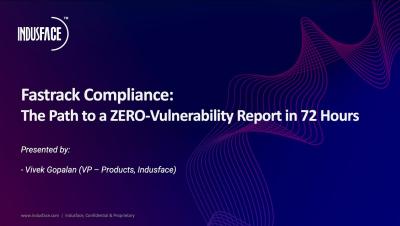What is XML External Entity, How to Find XXE Vulnerabilities and Patch Them
An XXE vulnerability is a security vulnerability that allows attackers to access sensitive data or execute malicious code in a web application. This happens when the application accepts XML input from an untrusted source and doesn’t properly validate it. An attacker can exploit this vulnerability by crafting a special XML input that includes a reference to an external resource (like a file or URL) that they control.











